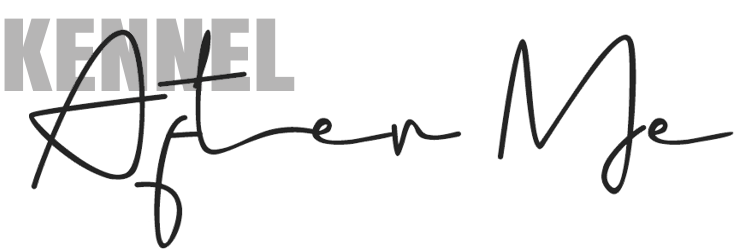What is Corneal dystrophy?
Corneal dystrophy has been found hereditary in some breeds, such as beagles and cavaliers. It can also occur sporidically in other breed and this is the case with Petit Basset Griffon Vendeens. Dogs with corneal dystrophys form epithelial (surface layer) and stromal (middle layer) can be used for breeding. Dogs with endothelial dystrophy should not be used for breeding.
Corneal dystrophy, or metabolic disorder, comes in three different forms (epithelial or surface layer, stromal or middle layer, and endothelial or inner layer changes), with the most common form, epithelial dystrophy, involving fat accumulation in the corneal surface area in both eyes.
The condition has been found to be hereditary in, among others, beagles, cavaliers, and Siberian huskies, but it can also occur sporadically in other breeds. It usually manifests by middle age, is visible to the naked eye, but rarely causes vision or other problems for the dog. Diet and hormonal factors may contribute to the development of the condition.
Superficial dystrophy, and often also stromal dystrophy, are usually of minor significance for the dog’s life. Especially in breeds where it is not considered a hereditary problem, cases can be used for breeding.
Endothelial dystrophy occurs in dwarf breeds and often manifests at an older age. The condition often leads to complete clouding of the cornea and, in the worst case, to its painful ulceration. Dogs with endothelial dystrophy should not be used for breeding.
Source: Suomen Kennelliitto, Koirien perinnölliset silmäsairaudet ja niiden tutkiminen
